Caves may seem dark, unwelcoming, and even hostile to life, but they are home to a fascinating array of animals. Some are well-known, while others remain undiscovered or little studied. Both terrestrial and underwater caves host unique species that have evolved extraordinary adaptations to survive in complete darkness and constant humidity. These animals are known as troglobites—species that live exclusively in caves and nowhere else.
In this article, we explore 10 remarkable cave-dwelling animals that have evolved to thrive in these mysterious underground ecosystems.
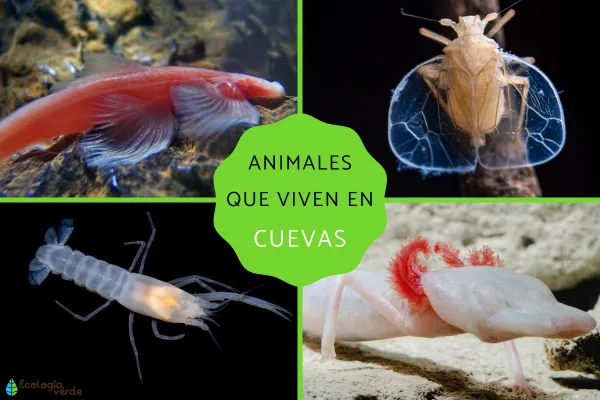
Hausera hauseri is the only known species in the genus Hausera. This flatworm is a stygobiont, meaning it exclusively inhabits subterranean aquatic environments. It was discovered in the karstic region of Felipe Guerra in northeastern Brazil—a biodiversity hotspot.
This creature lacks both eyes and body pigmentation, which are typical adaptations among cave fauna. Interestingly, female individuals have ovaries located behind the brain, a rare reproductive feature that highlights the extent of its evolutionary adaptation.
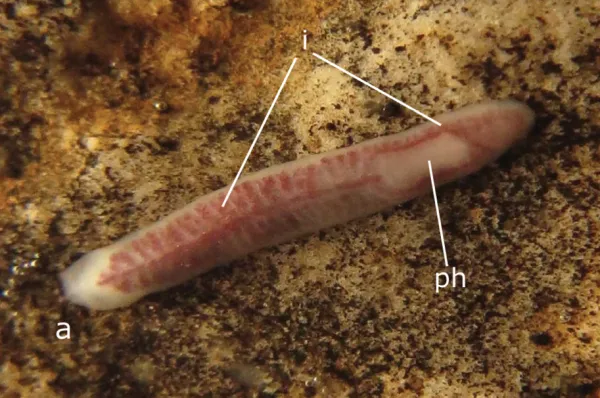
Endemic to Texas, USA, this amphibian has completely lost its eyes and skin pigmentation due to living in total darkness. Instead, it relies on extremely sensitive skin to detect water movement and locate prey.
Living in aquatic cave systems in San Marcos, Texas, the salamander has external gills for underwater respiration and underdeveloped limbs due to the lack of need for weight support. It primarily feeds on small shrimp.
With fewer than 100 known individuals in the wild, Eurycea rathbuni is listed as endangered by the U.S. Fish and Wildlife Service and as vulnerable by the IUCN. Its biggest threats include groundwater pollution, habitat disruption, and historical overcollection.
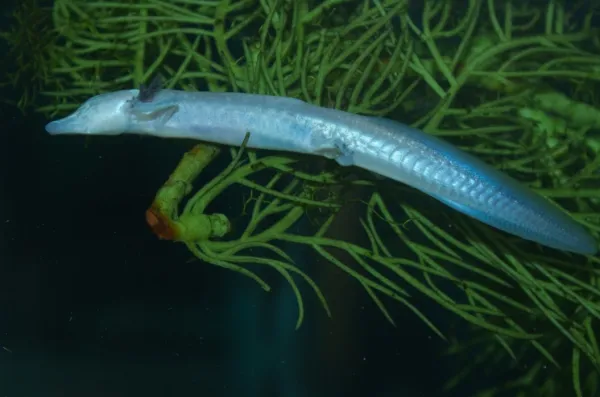
This aquatic snail, once known as Cochliopa texana, is found only in three spring systems near Balmorhea, Texas. It lives on hard substrates in the so-called “Phantom Cave.”
The population of this species has sharply declined. Classified as vulnerable by the IUCN, it is threatened by groundwater depletion, contamination from agricultural chemicals, and competition from invasive snails such as Melanoides species.
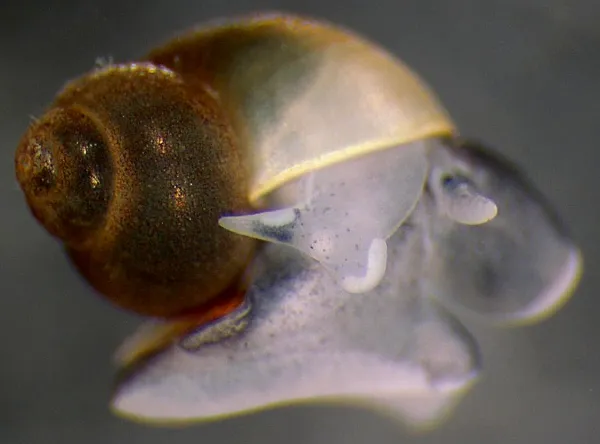
Discovered in 2012 in Laos, Sinopoda scurion is the only known huntsman spider without eyes—an adaptation to its pitch-black cave habitat. Also called a cave crab spider, it can reach up to 6 cm in leg span.
Despite its lack of vision, it is a fast, skilled predator capable of navigating and hunting in the dark. Its discovery highlights the diversity and mystery of cave life.
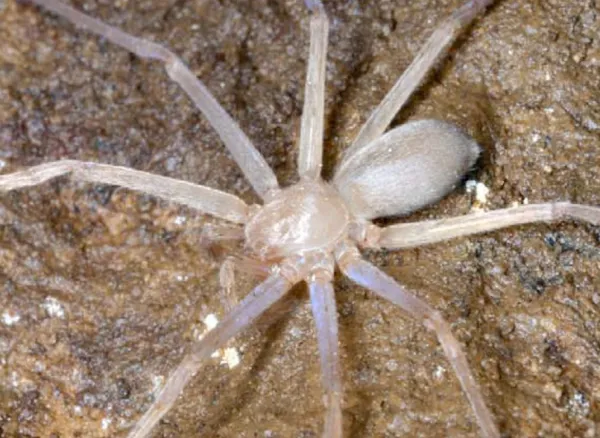
This cave-dwelling centipede measures around 30 mm and was discovered in the Miljacka caves in Krka National Park, Croatia. It holds scientific importance as the first eukaryotic organism with a fully mapped genetic profile among cave species.
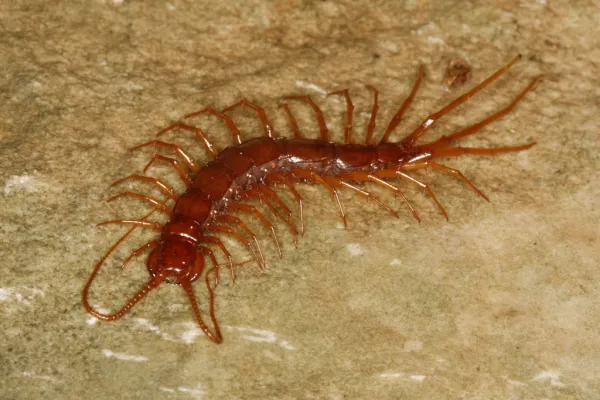
This translucent shrimp species historically inhabited four caves in Alabama, USA, with Shelta Cave being the type locality. Females are larger than males, and the species feeds by filtering particles from the water.
It is preyed upon by a cave fish species, Typhlichthys subterraneus. Due to severe groundwater contamination and overextraction, the species is now considered endangered.
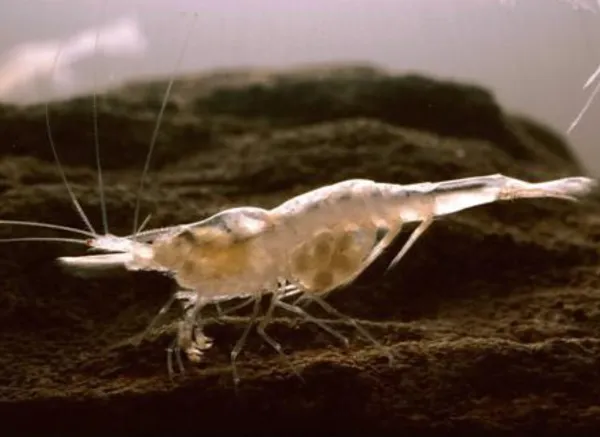
Discovered in 2014 in Llano Cave on Fuerteventura Island, Spain, this silverfish-like insect is the first of its genus recorded in the Canary Islands and the broader Macaronesian region. It grows up to 11 mm in length and hides in cave fissures, showcasing its specialization to dark, confined environments.
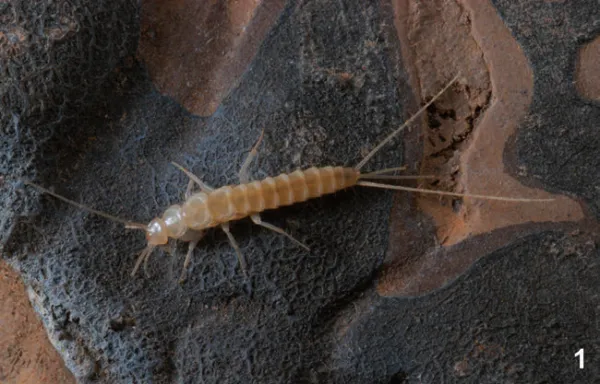
From southern Slovenia to northeastern Italy, the olm inhabits karstic cave systems rich in limestone. This elusive amphibian feeds on detritus and invertebrates and hides in sediment to avoid disturbances. It can live over 12 years and is known for its longevity and sensitivity to environmental changes.
Its populations have declined in parts of Italy and Slovenia due to tourism, habitat loss, illegal trade, and groundwater contamination, earning it a vulnerable conservation status.
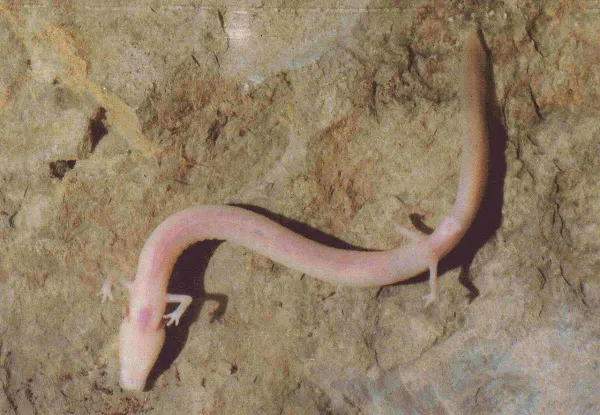
Endemic to Thailand, this tiny blind fish (3–8 cm) is famous for its unique mode of movement. It uses its fins to climb and “walk” across cave walls and waterfalls, much like a lizard—an adaptation not seen in any other fish species.
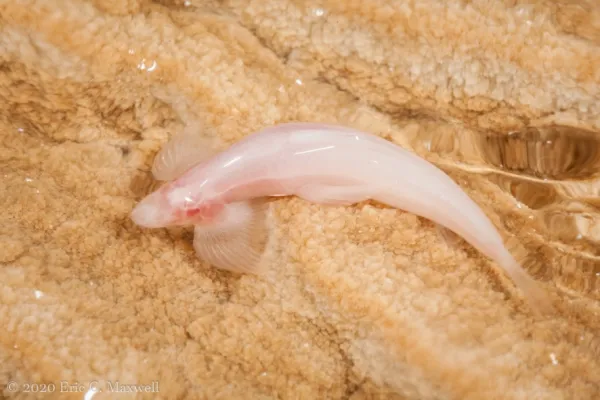
Discovered in 2021 in caves in Valencia, Spain, this remarkable cave bug lacks eyes and has pale skin. Its wings are lined with shiny blue hairs, giving it a fairy-like appearance—hence the nickname.
Feeding on plant root sap, it can jump and glide with its wings. It is the first cave-dwelling hemipteran (true bug) recorded in Spain.
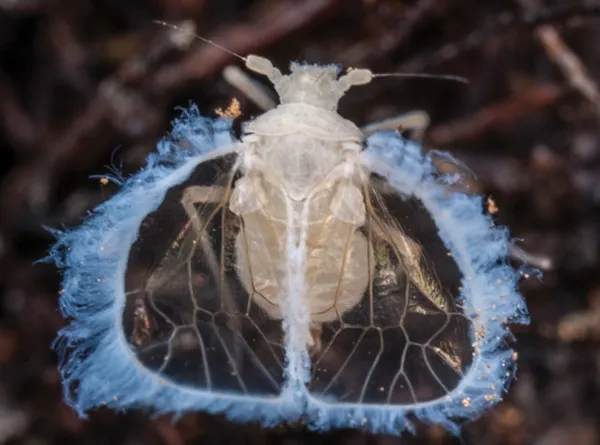
Caves may be some of the least explored and understood environments on Earth, but they are home to some of the planet’s most fascinating and specialized creatures. These 10 species offer just a glimpse into the hidden biodiversity that lies beneath our feet.
Want to discover more about wild animal habitats? Browse through our Wildlife category for more hidden gems from the natural world.
References
Megan Gannon. (2012). Live Science. World's First Eyeless Huntsman Spider Discovered. Available at: https://www.livescience.com/22232-eyeless-spider-adapted-darkness.html
Editorial Staff. (2015). El Universo. Cave-climbing fish could prove the evolution of fish. Available at: https://www.eluniverso.com/vida-estilo/2015/05/10/nota/4853661/pez-escalador-cuevas-podria-probar-evolucion-peces/
A. G. V./LA RAZÓN. (2021). La Razón. A previously unknown species of cave bug discovered in Valencia. Available at: https://www.larazon.es/comunidad-valenciana/20210118/x6wxis2d6vcuhaxdxanynp67gi.html
References
Leal-Zanchet A, Souza S, Ferreira R (2014) A new genus and species for the first recorded cave-dwelling Cavernicola (Platyhelminthes) from South America. ZooKeys 442: 1–15. Available at: https://doi.org/10.3897/zookeys.442.8199
This is the Texas blind salamander. Brut Media. Available at: https://www.brut.media/mx/entertainment/esta-es-la-salamandra-ciega-de-texas-50a5748c-904e-4cdb-be07-84dc20b1a775
Texas Blind Salamander (Eurycea rathbuni). Naturalista. Available at: https://www.naturalista.mx/taxa/27130-Eurycea-rathbuni
Phantom Cave Snail (Pyrgulopsis texana). Natureserve Explorer. Available at: https://explorer.natureserve.org/Taxon/ELEMENT_GLOBAL.2.107256/Pyrgulopsis_texana
Stoev, P., Komerički, A., Akkari, N., Liu, S., Zhou, (2013). Eupolybothrus cavernicolus Komerički & Stoev sp. n. (Chilopoda: Lithobiomorpha: Lithobiidae): the first eukaryotic species description combining transcriptomic, DNA barcoding and micro-CT imaging data. Biodiversity data journal, (1), e1013. https://doi.org/10.3897/BDJ.1.e1013.
Cooper, John & Riser, Martha. (2010). Observations on the biology of the endangered stygobiotic shrimp Palaemonias alabamae, with notes on P. ganteri (Decapoda: Atyidae). Underground Biology. 8. 10.3897/subtbiol.8.1226.
Molero-Baltanás, Rafael & Gaju-Ricart, Miquel & López, Néstor & Oromí, Pedro & Bach, Carmen. (2014). The family Nicoletiidae in the Canary Islands, with description of new taxa (Insecta: Zygentoma). European Journal of Entomology. 111 (2). 1-8. 10.14411/eje.2014.032.
animal tags: cave animals
We created this article in conjunction with AI technology, then made sure it was fact-checked and edited by a Animals Top editor.